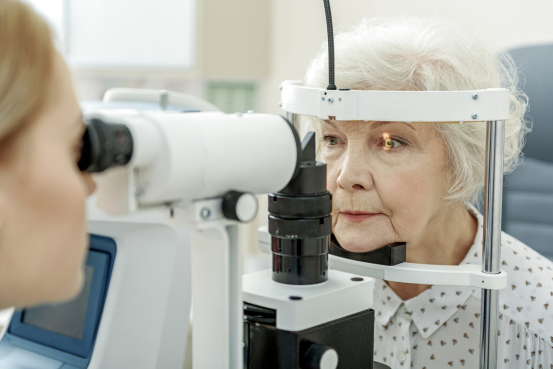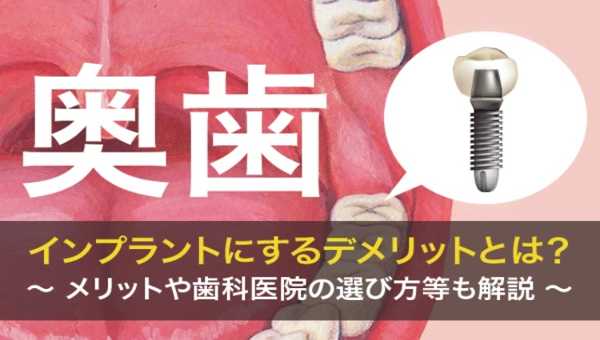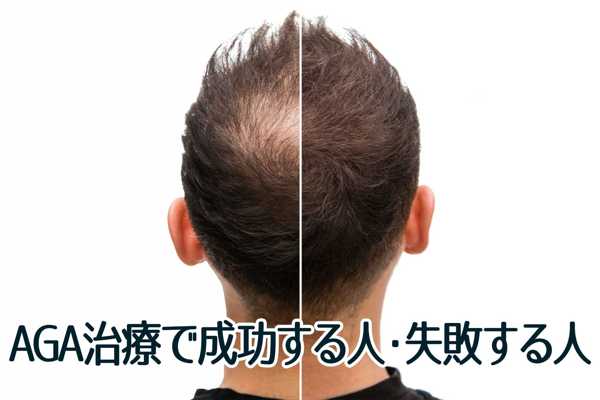AGA治療とは?費用・治療法・クリニック選びまで徹底解説
Macular Degeneration Treatment: Understanding Needle Injections in the Eye
For individuals with wet age-related macular degeneration (AMD), the prospect of an eye injection can sound intimidating. However, these injections have become a gold standard in treatment, offering an effective way to slow or halt the progression of vision loss. Here’s what you need to know about this treatment method, why it’s used, and what to expect.
For individuals with wet age-related macular degeneration (AMD), the prospect of an eye injection can sound intimidating. However, these injections have become a gold standard in treatment, offering an effective way to slow or halt the progression of vision loss. Here’s what you need to know about this treatment method, why it’s used, and what to expect.

Why Are Eye Injections Necessary?
- Purpose: Eye injections are used to deliver medication directly into the vitreous, the gel-like substance in the eye, targeting the abnormal blood vessels and fluid buildup caused by wet AMD.
- Medications: Most injections involve anti-VEGF (vascular endothelial growth factor)drugs, which block the growth of abnormal blood vessels that can damage the retina.
- Common Anti-VEGF Drugs:
- oLucentis (ranibizumab)
- oEylea (aflibercept)
- oAvastin (bevacizumab)
- oVabysmo (faricimab)
What Happens During the Procedure?
Eye injections are performed in a doctor’s office and are designed to be as comfortable as possible:
- Preparation:
- oThe doctor will clean the area around your eye to prevent infection.
- oNumbing drops or a local anesthetic are applied to minimize discomfort.
- Positioning:
- oYou will lie down or sit in a reclined position.
- oA device may gently hold your eye open to prevent blinking.
- Injection:
- oUsing a very fine needle, the medication is injected into the vitreous.
- oThe process is typically quick, lasting only a few seconds.
- Post-Injection:
- oThe doctor will check your eye to ensure no complications.
- oYou may be given antibiotic drops to use for a few days.
Does It Hurt?
- Most patients report little to no pain during the injection due to the numbing agents used.
- Some may experience mild discomfort or pressure, but this is generally brief.
- After the procedure, you might feel a slight scratchiness or irritation in the eye, which usually resolves within a day or two.
Risks and Side Effects
While injections are generally safe, there are potential risks to consider:
- Common Side Effects:
- oTemporary redness at the injection site.
- oMild floaters or spots in your vision immediately after the injection.
- oA feeling of pressure or minor discomfort.
- Rare Complications:
- oInfection inside the eye (endophthalmitis).
- oRetinal detachment.
- oIncreased eye pressure.
- oBleeding or inflammation.
Contact your doctor if you experience severe pain, vision loss, or significant redness/swelling after an injection.
Frequency of Injections
- Initial Phase: Most treatments begin with monthly injections to stabilize the condition.
- Maintenance Phase: Depending on your response, injections may be spaced out to every 6–12 weeks using a "treat-and-extend" approach.
Advancements in Eye Injection Treatments
Recent innovations aim to reduce the frequency of injections and improve outcomes:
- Longer-Lasting Medications: Drugs like Eylea HDand faricimab may allow for fewer injections.
- Extended-Release Implants: Devices such as Susvimorelease medication over months, reducing the need for frequent visits.
- Gene Therapy: Experimental treatments aim to make the retina produce its own anti-VEGF proteins, potentially eliminating the need for injections altogether.
Coping With the Fear of Eye Injections
If the idea of an injection in the eye feels overwhelming, consider these tips:
- Understand the Benefits: Remember that these injections are proven to preserve vision and prevent further damage.
- Discuss Concerns: Talk to your doctor about your fears; they can reassure you and adjust the procedure for comfort.
- Relaxation Techniques: Practice deep breathing or visualization to reduce anxiety during the procedure.
Conclusion
Eye injections are a highly effective treatment for wet AMD, helping to preserve vision and maintain quality of life. While the idea may sound daunting, the procedure is quick, minimally uncomfortable, and well-tolerated by most patients. With advancements in treatment options, the future holds even more promise for reducing the need for frequent injections. If you have concerns, consult your ophthalmologist to learn more about your specific treatment plan and alternative options.











